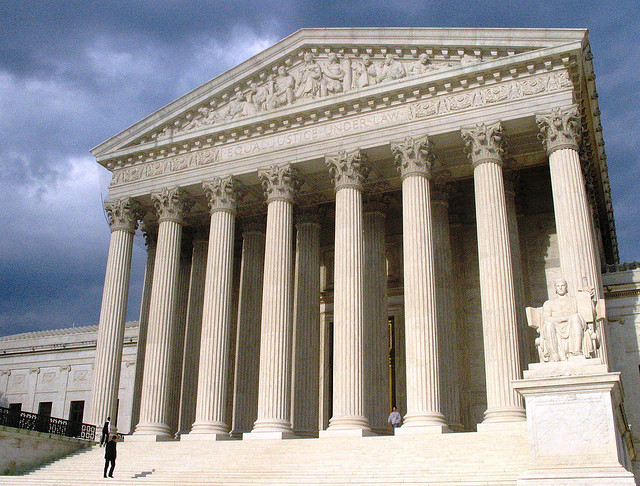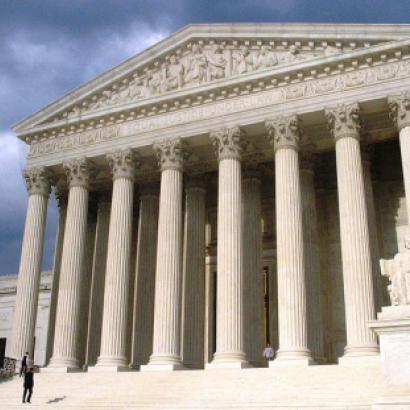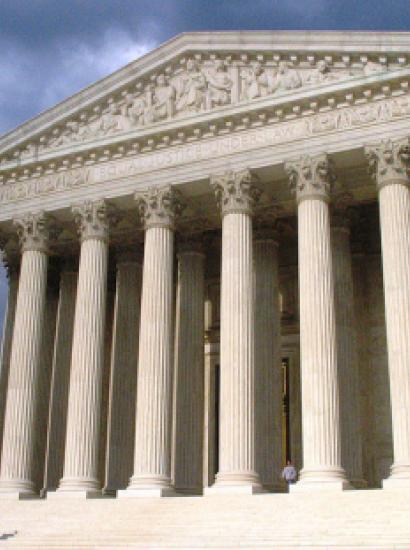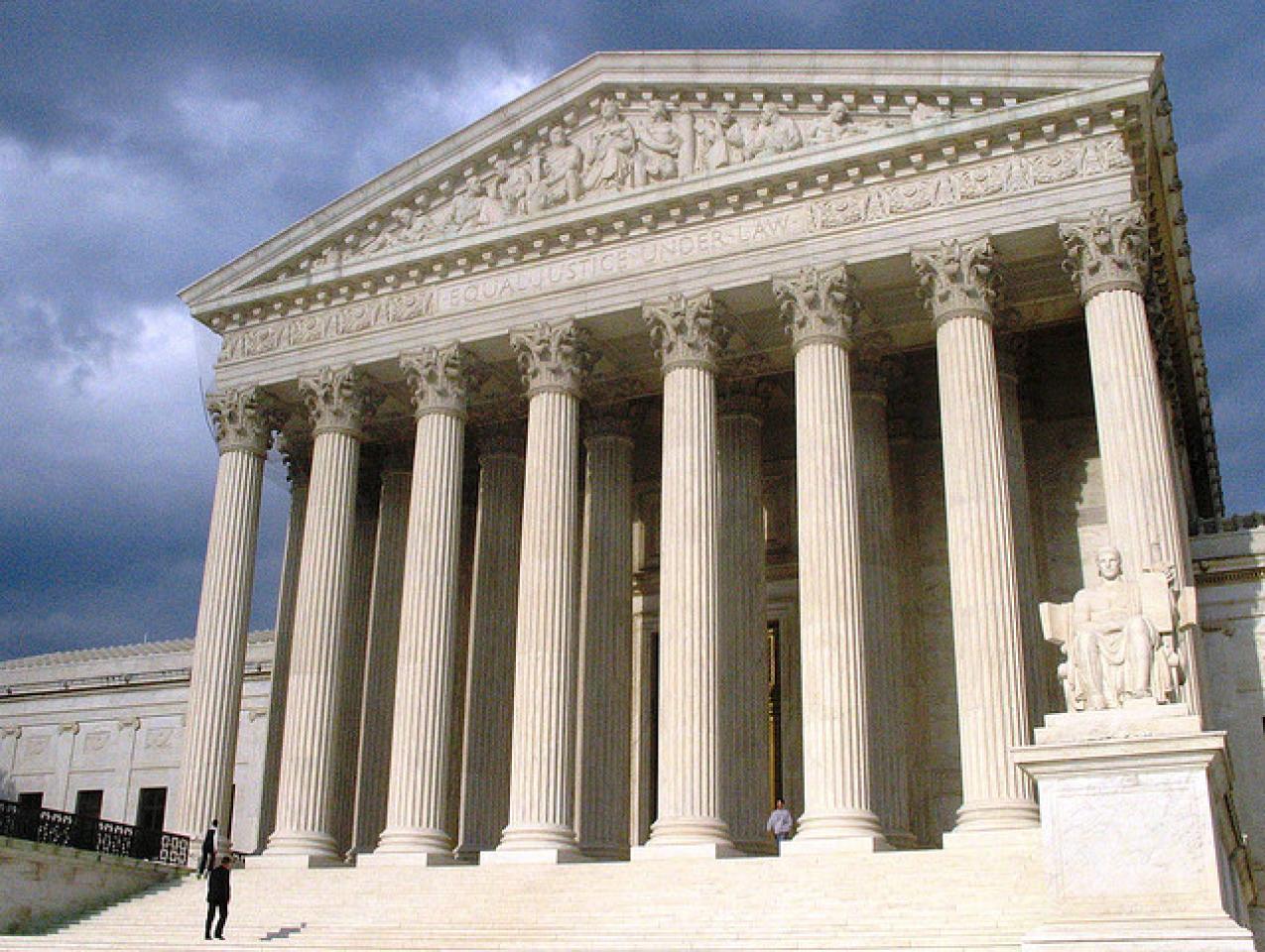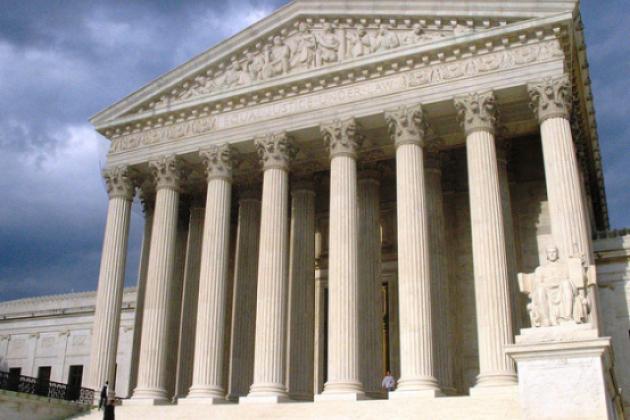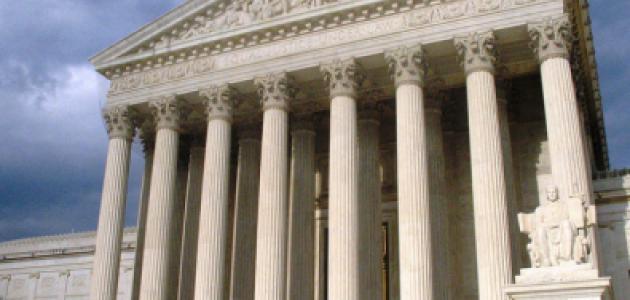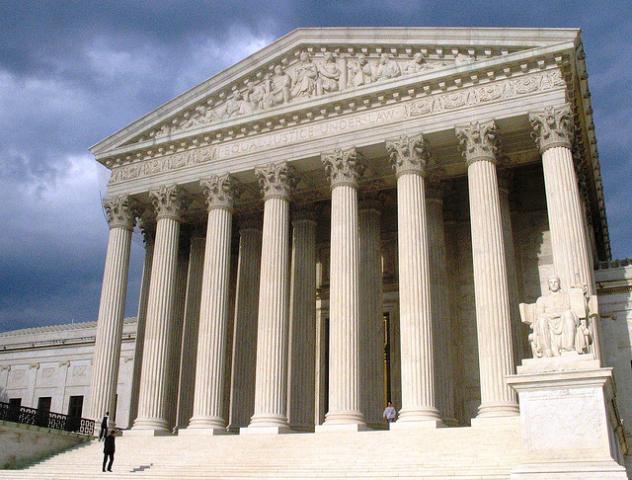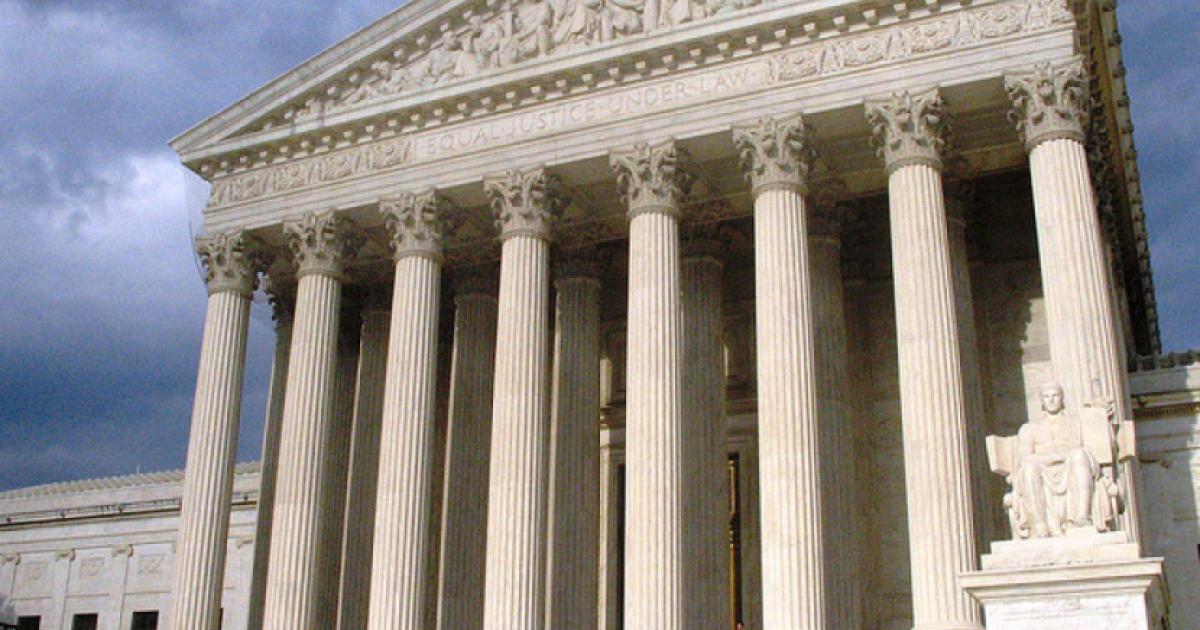This past week, the Supreme Court agreed to hear Loper Bright Enterprises v. Raimondo, a case that could curtail the extensive reach of the modern administrative state. Loper arose under the Magnuson-Stevens Fishery Conservation and Management Act of 1976 (MSA), which provides for the United States to enforce a comprehensive system of regulation to protect American fisheries from many perils, including the chronic danger of overfishing. It is agreed on all sides that herring boats (usually family-owned) must at their own expense make room on their cramped quarters for a government inspector on most of their extended fishing trips. But when its budget crunch hit, the agency decided to double-down by requiring boat owners to pay for their inspectors as well, which at over $700 per day could eat as much as 20 percent of the profit of any expedition. The MSA contained provisions that allowed the National Marine Fisheries Service (NMFS) to take “necessary and appropriate measures for the conservation of the fisheries,” but it did not contain any provision explicitly authorizing the kind of financial exactions that the NMFS unilaterally imposed.
The District Court held the MSA’s general statutory provision quoted above to be broad enough to authorize these expenditures. On appeal, the DC Circuit declined to follow that ruling, largely on the ground that the MSA also contained specific provisions that authorized such charges to be imposed solely on fishing boats in the North Pacific and those operated by foreign nations. Accordingly, Judge Judith Rogers for herself and Chief Judge Sri Srinivasan found sufficient tension between the general broad authorization and the specific cases where the MSA authorized fees to conclude that the statute contained a genuine ambiguity. At this point, they invoked the most influential administrative law case ever decided, Chevron v. NRDC (1984), which prescribes a two-part test to determine whether an agency’s interpretation of a statute is to be upheld. If a statute is clear, follow it to the letter. But if it is ambiguous, then allow the administrative agency to capitalize on its expertise to resolve the impasse. Judge Justin Walker, in dissent, argued that the statute unambiguously barred the exaction because the burden of proof was always on the government to find the explicit statutory authorization, not for the regulated party to negate that inference.
What is to be done? Issues like this arise all the time, and I think that in light of the full record, the dissenting view will probably prevail in the Supreme Court. Matters of raising revenue have a distinct constitutional pedigree insofar as they must normally be approved under Article I, Section 7 by legislation starting in the House of Representatives. In this instance, the DC Circuit’s majority position in Loper states no limiting principle of the agencies’ delegated power over the purse. If the NMFS could charge fishing boat owners fees when the government budget falls short, could it charge such fees all the time? And if it could do that, why could it not enlarge those fees so that they cover not only the cost of crews but some portion of the general overhead of the NMFS allocated to running the inspection program? Any such program looks like a crude circumvention of congressional powers.
Loper would have attracted relatively little attention if it were solely concerned with the nuances of the MSA. But the second part of the plaintiffs’ petition is an explicit demand that the Supreme Court jettison the entire Chevron framework, which would in effect require all courts to engage in the same practices of interpretation that they now apply to other statutes whose enforcement does not turn on regulations issued by some administrative body. Of course, any agency would still be able to present its own views to the court, and, if it had expertise on the topic, it should be able to fashion a persuasive brief for its position.
The use of administrative discretion has both strong and weak sides. Without discretion, an agency may find itself unable to respond to novel circumstances. But with too much discretion, that same administrative agency could act in an arbitrary and capricious manner that could easily endanger the lives and livelihoods of those subject to administrative review. There is no abstract way to reconcile these two forms of error, so it is at least helpful to look to the Administrative Procedure Act of 1946, which sought to control just this tension. Section 706, dealing with the scope of judicial review, states:
To the extent necessary to decision and when presented, the reviewing court shall decide all relevant questions of law, interpret constitutional and statutory provisions, and determine the meaning or applicability of the terms of an agency action. The reviewing court shall-
. . . (2) hold unlawful and set aside agency action, findings, and conclusions found to be- (A) arbitrary, capricious, an abuse of discretion, or otherwise not in accordance with law; . . .
Inexplicably, the key Chevron decision neither cited nor discussed this statutory language, and the majority of the Court of Appeals left out the primary portion and cited only the “arbitrary and capricious” language of the section. In so doing, the Court of Appeals distorted the basic sense of a statute whose primary mission was to divide authority between an administrative agency and a reviewing court in a way similar to the division of authority between a trial court and an appellate court.
As I have elsewhere argued, central to that division is the idea, not found in Chevron, that all questions of law should be decided by the appellate court de novo—that is, without any special deference to the decision of the court below. On basic matters of fact, the agency should in principle be subject to lighter review, just like a trial court. Yet on the ultimate question of fact—whether those basic facts supported the agency views—i.e., was such targeted conduct unreasonably safe—the standard of appellate review should be ratcheted up.
I have long thought that this division of authority made sense in dealing with both the uses and dangers of administrative discretion. Courts are experts in reading statutes, and their skills of constitutional, statutory, and contractual interpretation are all of a piece. They must fit together the explicit terms of the relevant document and coordinate their use with a broad set of implied terms that are frequently relevant to successful interpretation. Thus notions like the “police power” are read into the literal commands in each of these domains, so that even documents that explicitly acknowledge various forms of individual liberty are never read to exclude regulations that sensibly limit the holders of those rights in cases of force, fraud, necessity, and incapacity.
In contrast, courts have relatively less expertise in fact-bound technical issues such as the effective design of nuclear power plants. So, as a first cut, the statutory allocation of responsibility under Section 706 makes sense, even if we put aside the constant theme, pressed most notably by Justice Neil Gorsuch, that separation-of-powers principles require overturning Chevron because otherwise Congress and the president could encroach on the judicial domain.
The potential changes to administrative law doctrine have brought forth, unsurprisingly, howls of anguish from the such stalwarts on the left as Dahlia Lithwick and Mark Joseph Stern, both of whom fear a judicial usurpation of executive authority. Of course, a lot depends on how many liberties administrative agencies take with statutory provisions. Here, it is all too clear that executive abuse of discretion poses a far greater risk than the inability of government to respond to some unanticipated crisis.
The recent decision in West Virginia v. EPA (2022) used the major-questions doctrine to stop the EPA from interpreting a provision about the best systems of emissions control to foster a “system” of energy use that is intended to cut out all fossil fuels; courts usually interpret the statutory provision in question to merely require changes in existing equipment, such as an upgrade in safety equipment. But why tolerate abuses of discretion in less cosmic cases, which abound? Earlier this term, the Supreme Court, in Sackett v. EPA, for the second time reviewed the EPA’s unwise sixteen-year crusade to block the construction of a private home on an ordinary plot three hundred yards from the nearest lake. The agency had deemed the property part of the navigable waters of the United States. These and countless similar cases show that the perils from administrative abuse far outweigh any fears of governmental paralysis.
Indeed, reining in Chevron is only part of curtailing any systematic abuse of government power. The endless procession of executive orders from the Biden administration reveal the same excesses on everything from pipeline closures to forgiveness of student loans to phasing out the internal combustion engine. Sadly, executive overreach is fast becoming the new normal for political power. How ironic it is that the courts must come to the rescue of Congress, whose legislative powers have been degraded by the executive branch’s systematic abuses.







